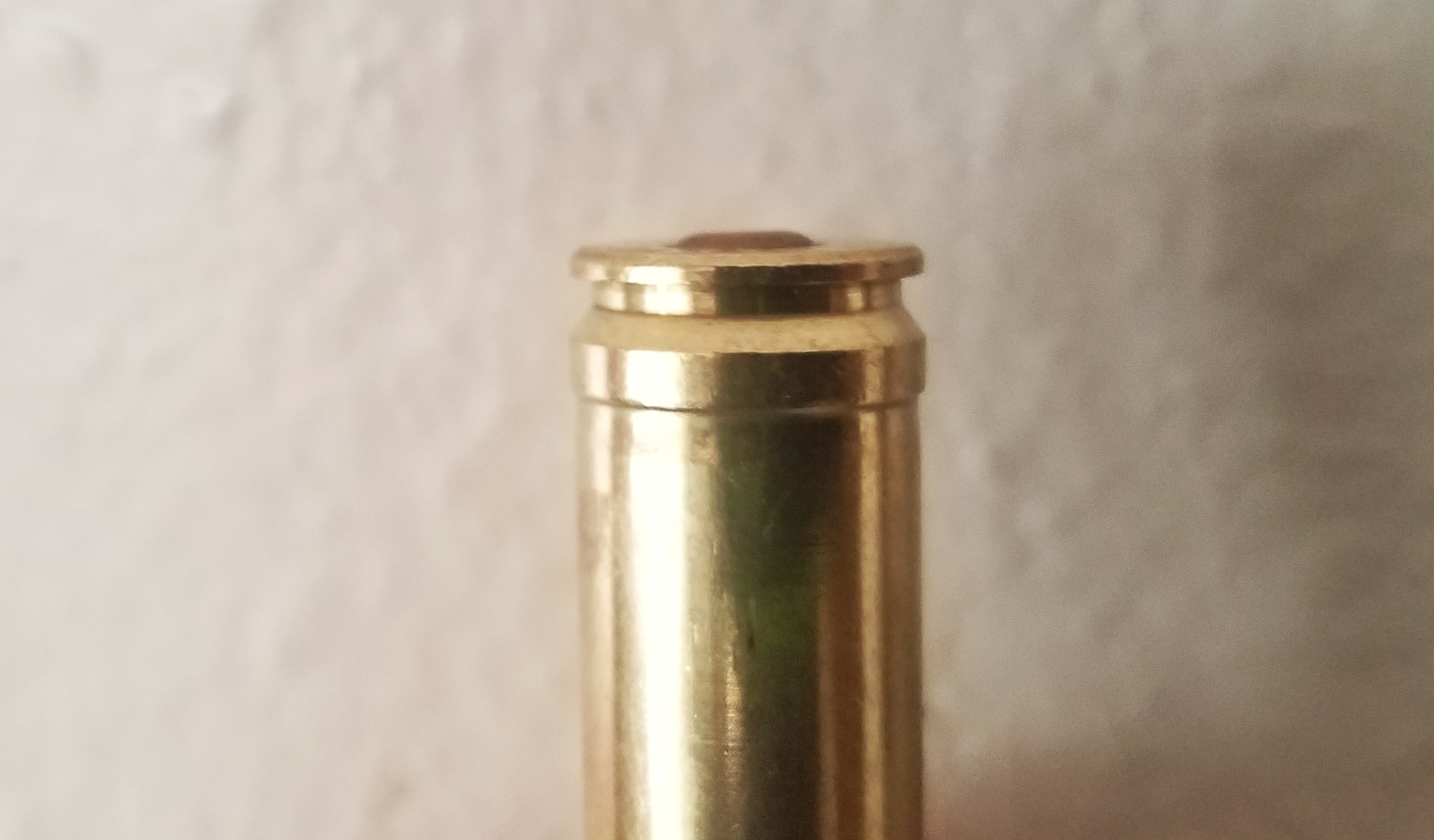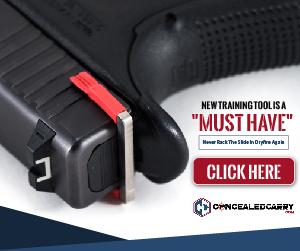Welcome to part two in our series in Precision Rifle Reloading for the Beginner (read part one here). We are now taking the second step in our journey to achieving a more consistent point of impact. We have narrowed down the brass we want to use. Now comes probably the most important, and the most talked-about step. I am sure the comment section will be on fire because of it. The powder drop. Ya, “dropping the load”. First a quick word on primers.
PRIMER
It should go without saying, but for clarity sake let me start primers with saying, we need to be consistent in the primer we use. Change your primer and you can expect to have a change in the ignition of the powder. It may not be a perceivable change, but keep your variables to a minimum. Keeping records of your loads is very helpful, if not mandatory. Knowing what primer you used in a particular load, months down the road will help you.
The second consistency with the primer we need to look for is in the depth of placement. We want all our primers flush with the face of the casing head. If it protrudes, the gun may not go into battery. Although difficult in most rifle calibers, a primer inserted too deeply will run the risk of light strikes from the firing pin.

Primer not fully pressed
POWDER – HOW MUCH?
Bear with me, there is a lot to go over. First off, find an appropriate powder based on the caliber you will be loading for. You can easily find a list of powders in your manual. Deciding which one can be based on research, opinion, and availability.
Once you have chosen a powder, stick with it. If you change the type of powder you will be starting over in your load data. Load development can be a bit controversial. The method that works best for me is called the “Ladder test”. Usually, within two trips to the range, I will have the most accurate load for any rifle. This method is used to find at what load your bullet exits the barrel most stable. A stable bullet is an accurate bullet. Here is an excellent article on the Ladder test.
The Ladder method is pretty easy. You load a series of rounds with incrementally more powder. Then you fire them all at a blank sheet of paper at 150-200 yards. Your point of aim is the center. I recommend using a spotting scope and keeping track of each shot on another sheet of paper. Unfortunately, you have to wait between shots, to allow you barrel to cool.
Look for the run of shots that are close to each other vertically. Horizontal space between shots is ignored. Record the highest and lowest load in that run. Take that data, load 3 rounds per load, and shoot each load at a separate target. The best grouping equals the best load.
Be done and move on.
When we find that accurate load, go out and shoot it with a chronograph. That data shows what velocity your barrel does best at with that bullet weight and type. If you switch powders you have an idea what velocity you want for a stabilized projectile.

Precision Rifle Reloading for the Beginner II, Powder Dump
To the right of my finger, you see a string all close to the same vertical level. That’s what we want

Precision Rifle Reloading for the Beginner II, Powder Dump
THE “HOW TO”
That is the how much, now let us go over the how. Do yourself a favor and get a quality scale. Using a powder measure helps you out immensely. Since we are precision loading every single load is weighed. I am assuming as a beginner, you do not have a higher-end powder measurer. My RCBS ChargeMaster is great, but I started with the Lyman Brass-Smith. I set the powder measurer slightly below my desired load then trickle in enough powder to meet the desired weight.
• Micrometer adjustment
• Ambidextrous metering cylinder/handle
• Multiple handle angle positions for optimum comfort
• CNC machined steel metering cylinder
• Includes powder baffle
• Machined with 7/8”x14 threads to fit all presses and stands
Although on backorder at the time of the writing. You can get powder measurer and stand for under $65.00.
- Combines the ChargeMaster 1500 Scale and ChargeMaster Dispenser
- Accurately weighs and dispenses all extruded (stick), ball (spherical) and flake smokeless powder from 2.0 to 300 grains; accurate to +/- 0.1 grain
- 1-pound powder hopper capacity
- Dispenses in grains or grams mode
- Stores up to 30 loads in memory for fast, easy recall
- The front-to-back layout allows easy access to the scale pan by right- or left-handed users
- The powder drain allows for convenient emptying of the powder hopper
The RCBS ChargeMaster is the way to go if you can swing the MSRP of $444.99. The money saves you heavily in the time and patience department.

My RCBS ChargeMaster and the Lyman Brass-Smith

A Powder Trickler (and patience) will get constant loads

This is a great scale if you need an upgrade. (Check it out here)
National Metallic Digital Powder Scale:
- 1500 Grain Capacity
- Plastic Cover
- Metal Powder Pan
- Single Point Calibration
- 20 Gram Calibration Weight
In the link, this scale can be gotten at $49.99. For the money, I think that is a great scale.
Take your time and pour the powder into the casing using an appropriate funnel in order to make sure it all gets into the cartridge. You spill some, stop, and reweigh another one because weighing your powder is probably the most important element of precision reloading.

Precision Rifle Reloading for the Beginner II, Powder Dump
CONCLUSION
Finding that sweet recipe for your rifle can be very rewarding thus giving many people surprise on how accurate their rifle can be with a load customized for that rifle. Avoid overthinking it and have fun with the process. This is not the only process, but it the one that has always given me the best results.
In the next article, we will discuss seating the bullet, and seating depth. Yet another area hotly debated. I hope these articles motivate you to go search for the ever-elusive, “most accurate load”.
Lyman has helped us out on this series, in fact, it was their idea. They make excellent products so, I hope you would give them a consideration when looking for reloading equipment.
Source link



